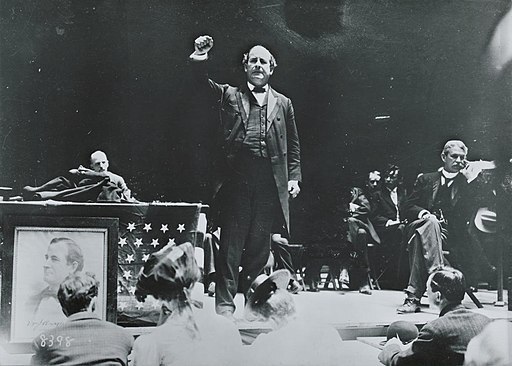Antisemitism Historiography in the 1950s
The American Jewish experience was also vastly different than that of the European Jewish experience, particularly in Eastern Europe where antisemitism manifested itself violently regularly. However, antisemitism in America did exist throughout the nineteenth century, and while not violent in nature nor sanctioned by the government, it did import the tropes that had persisted and transformed in Europe.
In 1951, Oscar Handlin argued in “American Views of the Jews at the Opening of the Twentieth Century” that the prevailing view of Jews by Americans in the nineteenth century was “overwhelmingly tolerant” and did not include any of the demonic images of Jews that “pervaded European attitudes toward Jews since medieval times.”[1] Handlin’s view dominated historiography for the next twenty years until scholars began examining anti-Semitism more closely using a wider variety of sources revealing that demonic images of Jews appeared frequently throughout American culture during the nineteenth century becoming more pronounced and including additional conspiracy theories as part of the reaction to immigration, industrialization, and populism.
Richard Hofstadter claims in The Age of Reform in the chapter entitled, “The Folklore of Populism,” that “rhetorical anti-Semitism” is frequently overlooked in Populist conspiracy theory.[2] Hofstadter claims that the current of anti-Semitism prior to the 1890s was “slight” and had been associated with financial issues.[3] He states that the use of the “omnipresent symbol of Shylock” cannot be seen as evidence alone of anti-Semitism, but the reference to the “House of Rothschild” makes it clear that Jews were part of the larger financial conspiracy theory of the time.[4] Hofstadter does state that open anti-Semitism appears in polemics regarding free silver and that this passed over into the general public. Even William Jennings Bryan has to address the Jewish Democrats of Chicago to explain that denouncing the Rothschilds was actually an attack on “greed and avarice” not race.[5] Hofstadter ultimately concludes that Populist anti-Semitism should not be over exaggerated and notes that it was entirely verbal.
[1] Robert Rockaway, Arnon Gutfield, “Demonic Images of the Jew in the Nineteenth Century United States,” American Jewish History (December 2001) 355.
[2] Richard Hofstadter, The Age of Reform; from Bryan to F.D.R. [1st ed. ]. (New York: Vintage Books, 1955) 77.
[3] Ibid.
[4] Iibd, 78.
[5] Ibid, 80.
